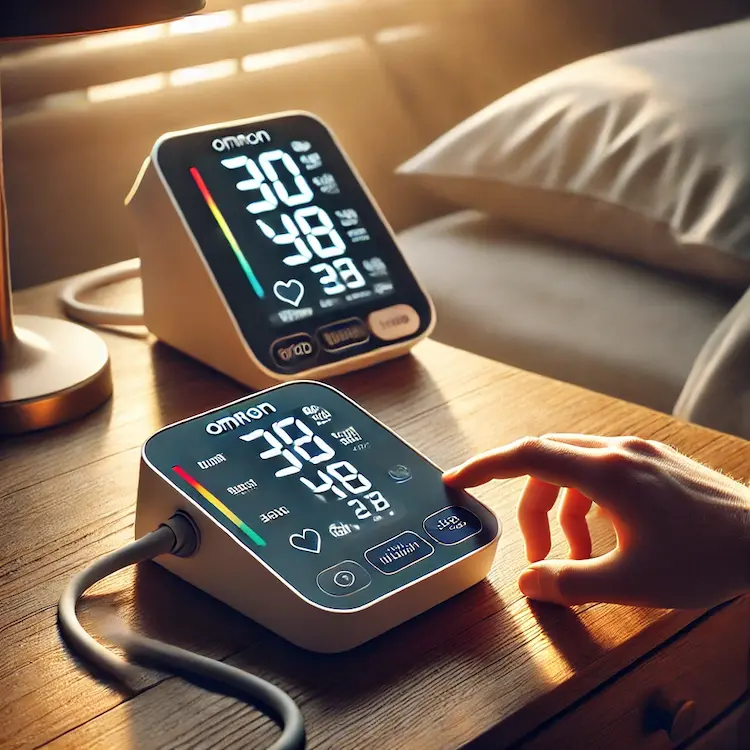Blood pressure monitoring is essential for managing hypertension and cardiovascular health. Omron, a leading brand in home blood pressure monitors, offers two advanced models—the Omron M500 and the Omron X7 Smart. A crucial difference between these devices is their ability to store readings, which directly impacts how effectively users can track their blood pressure trends.
This article comprehensively compares Omron M500 vs. Omron X7 Smart in terms of storage capacity, features, usability, and integration with health-tracking systems. We also discuss the broader implications of reliable blood pressure monitoring, practical considerations for users, and actionable recommendations.
Accurate and consistent blood pressure tracking is critical for individuals with hypertension, heart disease, and diabetes. Key reasons why storage capacity in a blood pressure monitor matters:
According to the World Health Organization (WHO), hypertension affects over 1.28 billion people worldwide, but only 42% of adults with hypertension are diagnosed and treated. A blood pressure monitor with ample memory can bridge this gap by helping patients track and manage their readings efficiently.
![]()
| Model | Storage Capacity | Number of Users | Data Transfer |
|---|---|---|---|
| Omron M500 | 100 readings per user | 2 users | No Bluetooth connectivity |
| Omron X7 Smart | 100 readings per user | 2 users | Bluetooth sync with Omron Connect app |
Both models store 100 readings per user, meaning they have equal onboard memory. However, Omron X7 Smart surpasses M500 in data management by offering Bluetooth connectivity, allowing users to transfer readings to the Omron Connect app for unlimited cloud storage.
| Feature | Omron M500 | Omron X7 Smart |
|---|---|---|
| Display Type | LCD Screen | LCD Screen with color-coded BP indicator |
| Bluetooth Sync | No | Yes |
| Irregular Heartbeat Detection | Yes | Yes |
| AFib (Atrial Fibrillation) Detection | No | Yes |
| Intelli Wrap Cuff | Yes | Yes |
| Smart App Integration | No | Yes (Omron Connect, Apple Health, Google Fit) |
The Omron X7 Smart has clear advantages, especially for tech-savvy users. Its Bluetooth connectivity and AFib detection make it ideal for individuals who need advanced heart monitoring and cloud storage options.
Both models use Omron’s Intelli Wrap Cuff technology, ensuring accurate readings from any arm position. Clinical validation proves their accuracy, but X7 Smart has an extra advantage with AFib detection, which helps in early stroke prevention.

While Omron M500 and Omron X7 Smart have the same on-device memory capacity (100 readings per user), the X7 Smart offers superior long-term storage through Bluetooth synchronization and cloud-based tracking. For users who want advanced health monitoring and seamless data management, the X7 Smart is the clear winner.